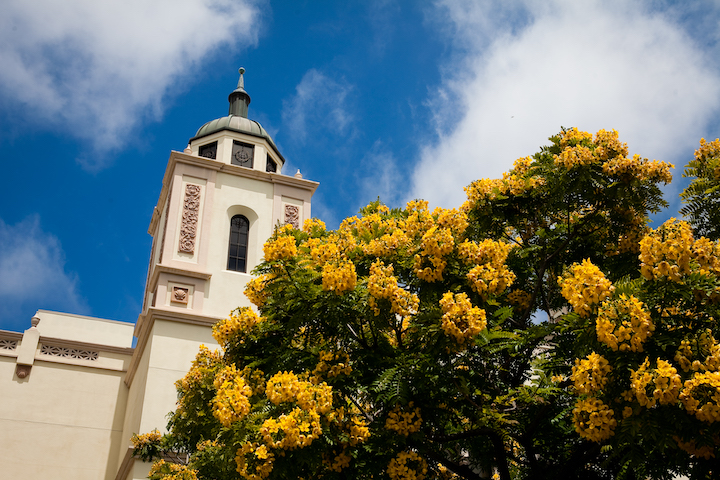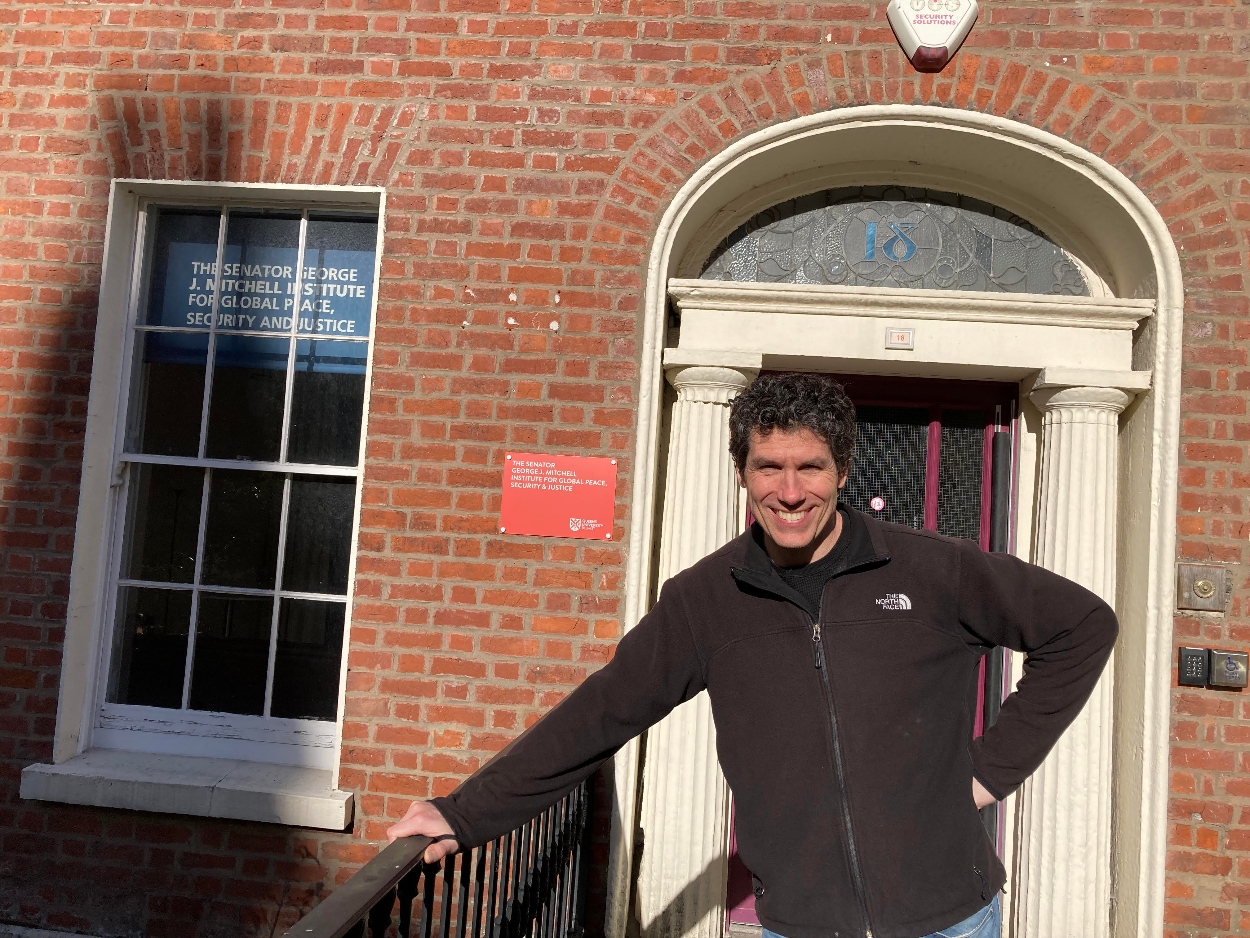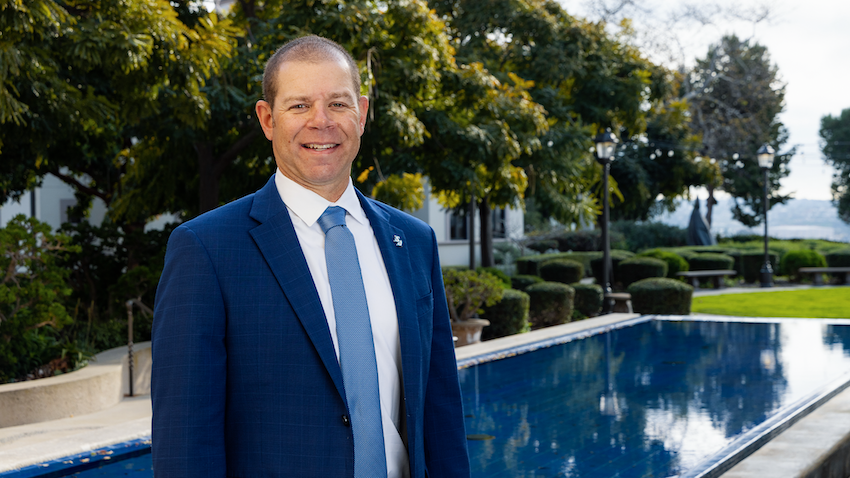Piman Indians’ Exhibit Shows Effects of Environmental Devastation
A new University of San Diego exhibit examines the Piman Indians of the American southwest, who were a prosperous group of hunters and fishers until environmental changes set in motion by European contact led to the collapse of their cultural ecosystem.
“Pimans: A Bountiful Life in a Harsh Environment” runs until the end of March 2011. Through a variety of artifacts, photos and a short video, the exhibit looks at the Northern Pimans who lived in the deserts and mountains of Arizona and the Mexican states of Sonora and Chihuahua.
“The Pimos are large and fine looking, seem well fed, ride good horses and are variously clothed,” reported Col. Philip St. George Cook, a member of the Mormon Battalion that explored their land in 1846.
For centuries, the Pimans had subsisted on a healthy diet. Mesquite pods, a staple, were rich in fiber, complex sugars and proteins. Various wild greens, gathered almost year around, supplied vitamins and trace minerals. Animal protein came from abundant fish and wild game. “I have never seen richer soil or more beautiful fields,” reported another visitor to the Piman lands in 1858.
But excessive beaver trapping, timber harvesting and livestock grazing of their lands by both Hispanic and Anglo settlers soon led to devastation. Watersheds were severely compromised leading to alternating dry and wet periods that resulted in flooding that ripped out weakened riparian woodlands and widened river channels in the lowlands. Excessive groundwater pumping dropped the water table, killing mesquite basques or woodlands that the Pimans once depended on for food by the late 1800s.
Today, the Pimans are recognized for having the highest-known incidence of adult-onset diabetes of any ethnic group in the world, explained ethnobiologist Amadeo M. Rea who curated the exhibit and worked with the Desert Pimans for more than 45 years. With diabetes, came other health problems including obesity and high blood pressure.
The Pimans, for example, cultivated the tepary, a species of bean that is more drought and alkali tolerant and has a higher protein and mineral content than other bean species. The exhibit also highlights other staples of their diet including the giant Saguaro Cactus, whose fresh fruit could be dried for future use and whose seeds were ground and combined with whole wheat flour for a nutritious breakfast dish.
“The exhibit provides a cautionary tale for the rest of society as it considers how to care for the environment in the future,” Rea stressed. “I hope people get the idea that our own health is intimately related to the health of the environment.”
Housed in USD’s Department of Anthropology in Serra Hall 214A, the David W. May American Indian Collection and Gallery includes more than 1660 artifacts bequeathed to the university in 1994 by the family of David May, who attended USD before his tragic death at age 22.
The free exhibit is open from 1 to 3 p.m. Tuesdays, Thursdays and Fridays and by appointment. It runs through March 2011. For more information go to www.sandiego.edu/cas/anthropology/may or call (619) 260-4238.
About the University of San Diego
Strengthened by the Catholic intellectual tradition, we confront humanity’s challenges by fostering peace, working for justice and leading with love. With more than 8,000 students from 75 countries and 44 states, USD is the youngest independent institution on the U.S. News & World Report list of top 100 universities in the United States. USD’s eight academic divisions include the College of Arts and Sciences, the Knauss School of Business, the Shiley-Marcos School of Engineering, the School of Law, the School of Leadership and Education Sciences, the Hahn School of Nursing and Health Science, the Joan B. Kroc School of Peace Studies, and the Division of Professional and Continuing Education. In 2021, USD was named a “Laudato Si’ University” by the Vatican with a seven-year commitment to address humanity’s urgent challenges by working together to take care of our common home.



